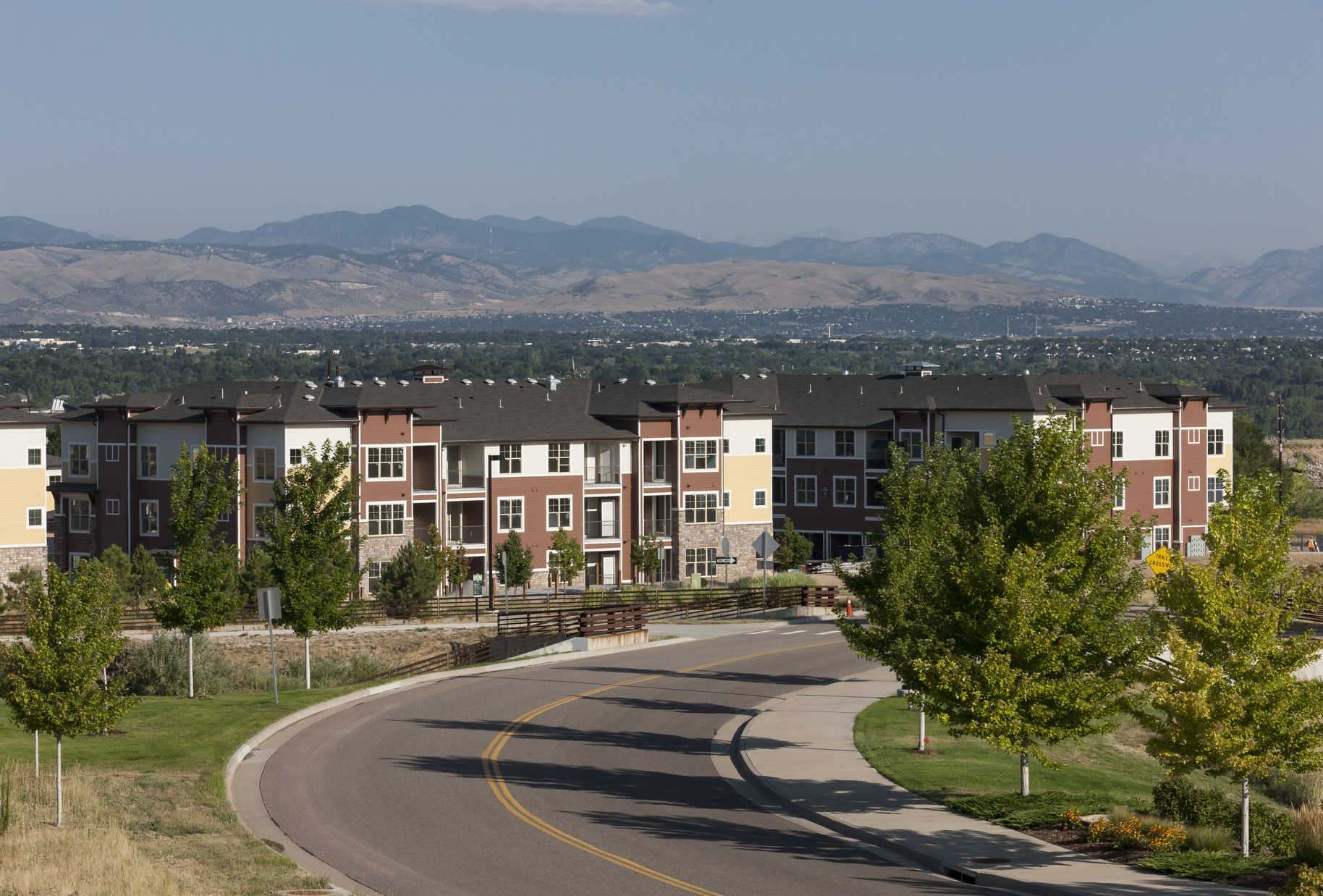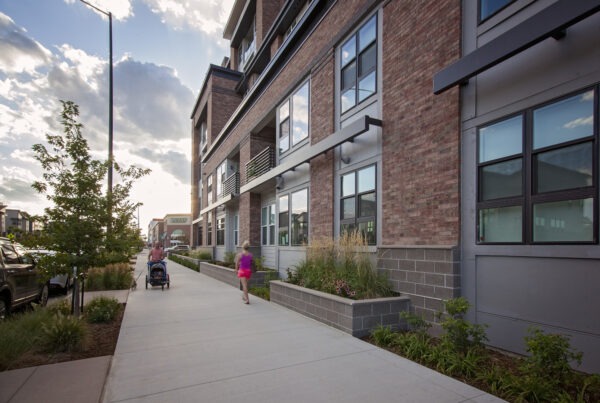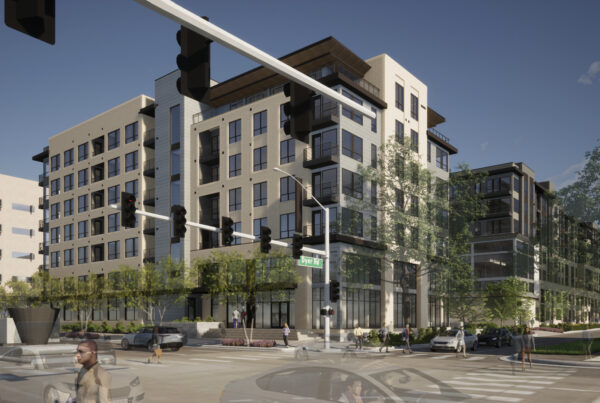In response to the issues associated with urban sprawl, such as isolation, lack of pedestrian opportunity and an auto-centric lifestyle, the concept of a Surban (first identified by John Burns and Chris Porter in their book “Big Shifts Ahead”) pocket has emerged.
What is “Surban?”
Surban pockets are a mix of urban and suburban living that takes the elements of urban living (convenient retail and walkability) while maintaining suburban affordability. An example of a Surban pocket is a planned, mixed-use center of high density designed around public space to encourage a sense of community. This type of public space is often a safe, active open space for children and adults, surrounded by retail, restaurants, entertainment, as well as higher-density homes and apartments. These surban public spaces differ from suburban parks, which are simple open spaces with grass, trees and a playground around the single family.
Urban VS. Surban
To better understand the dichotomy between a traditional, organic urban retail center and the development of new, synthetic Surban pockets, our team compared the Gaylord and S. Pearl neighborhoods located near Washington Park in Denver, Colorado that were developed starting in the early 1940s to the “New Urbanist” Surban pocket in Stapleton, at 29th Avenue, which is still being developed. Below is a side-by-side comparison of the two different types of communities.
- Neighborhood and community with single families
- Pedestrian friendly (walk, bike, etc.)
- Proximity to metro center
- Eat, shop, and play; “mom and pop” type retail, dining, and services
- Cozy, relaxed, and organic atmosphere
- Dense community – multiple styles of living
- Pedestrian friendly (walk, bike, etc.)
- Shared green space for events
- Mixed use; minimal retail, mostly dining and services, big-name companies
- Manufactured atmosphere; utopian principles
Although there were many similarities between the pockets observed, each expressed a dramatically different atmosphere. The traditional urban pockets took on a more adaptive style, while Stapleton, which is a newer development, felt more manufactured, meaning containing country-wide businesses (Chipotle, Starbucks, Target, etc.), and lack of adapted re-use.
While we can’t know how the Surban development will evolve over time, we felt that more attention could be paid to adaptable building types. The intent of this would be to let certain areas evolve at their own pace and react to the neighborhood and the community instead of fully developing all brand new buildings and homes.
Building a new residential property in a surban pocket? The architectural experts at KEPHART can help you design something that the neighborhood welcomes. Explore our portfolio today.






